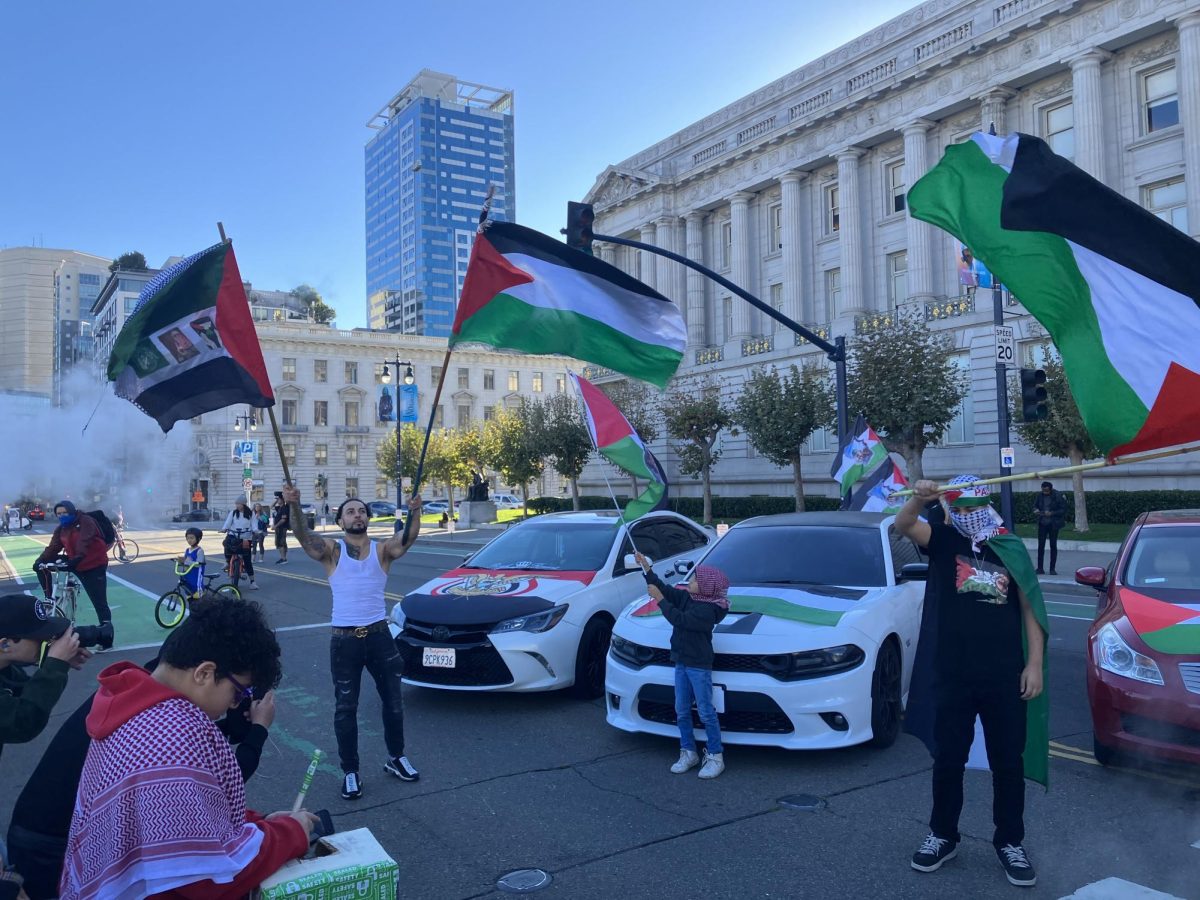Following Saturday’s pancake breakfast, the Amador library saw an alum-led panel for Donna Camp McMillion’s history of Pleasanton, Cruising Down Memory Lane.
“I have never missed a reunion. I have never missed anything going on with Amador, and I’m from Oklahoma City. They asked me to speak, [so] I spoke; I’m still here with friends I’ve known for a long time,” said Dennis Krause (‘58).
Panelists took turns recounting their days at Amador in the ‘50s, sharing memories and laughter with an audience of alums, friends, and family.
“This was a very special time of remembrance for me. Reminders of people that I knew, and there were great stories from all of those different people,” said former German teacher Bettygail Hunt (‘70).
Stories of the mid-20th century told of a much smaller agricultural town than today’s outgoing, Silicon Valley-oriented Pleasanton.
“Amador was wonderful, very safe; you could just do anything you wanted to do, and you knew people around you were people that knew your families. Everyone felt safe and surrounded by the community because it was small,” said McMillion.
Instead of working for large technology corporations, families ran their own farming businesses, providing and selling produce for the community.
“The occupations in Pleasanton in the 50s [were] dairy farmers, ranchers, regular farmers, [and] there was the Moller Meat Company,” said McMillion.
Visiting the same places on the same streets as Pleasanton residents always have, Amador students faced problems and concerns unrecognizably different from those of today.
“I rode my horse to Amador to go swimming on a summer day. I was gone for four hours, and the horse got out. It ran all the way home, and I live across Santa Rita down Mohr Avenue. I thought he had been lost, but he knew his way home,” said McMillion.
Modern Amador is similarly unrecognizable for its alums, who were accustomed to the small school they graduated from when Pleasanton was still a small town.
“The size of this school now is unbelievable; we had only 400 [students] when I was here. There are only two buildings left that I recognize. One is the old gym, and when I walked in there [on Friday], I saw that the bleachers were gone. A young student said, ‘you can’t put bleachers in this gym. It’s too small,’ [but] that’s what we did; we had bleachers in the gym,” said Krause.
Despite 70 years of physical change and unprecedented growth, the community built by past alums lives on among current students.
“When I encounter Amador kids it’s nice to recognize that traditions: that sense of belonging, that sense of pride, that sense of being a part of history, remain,” said Hunt.
















